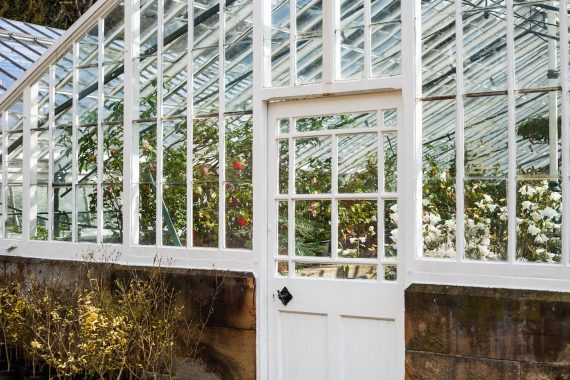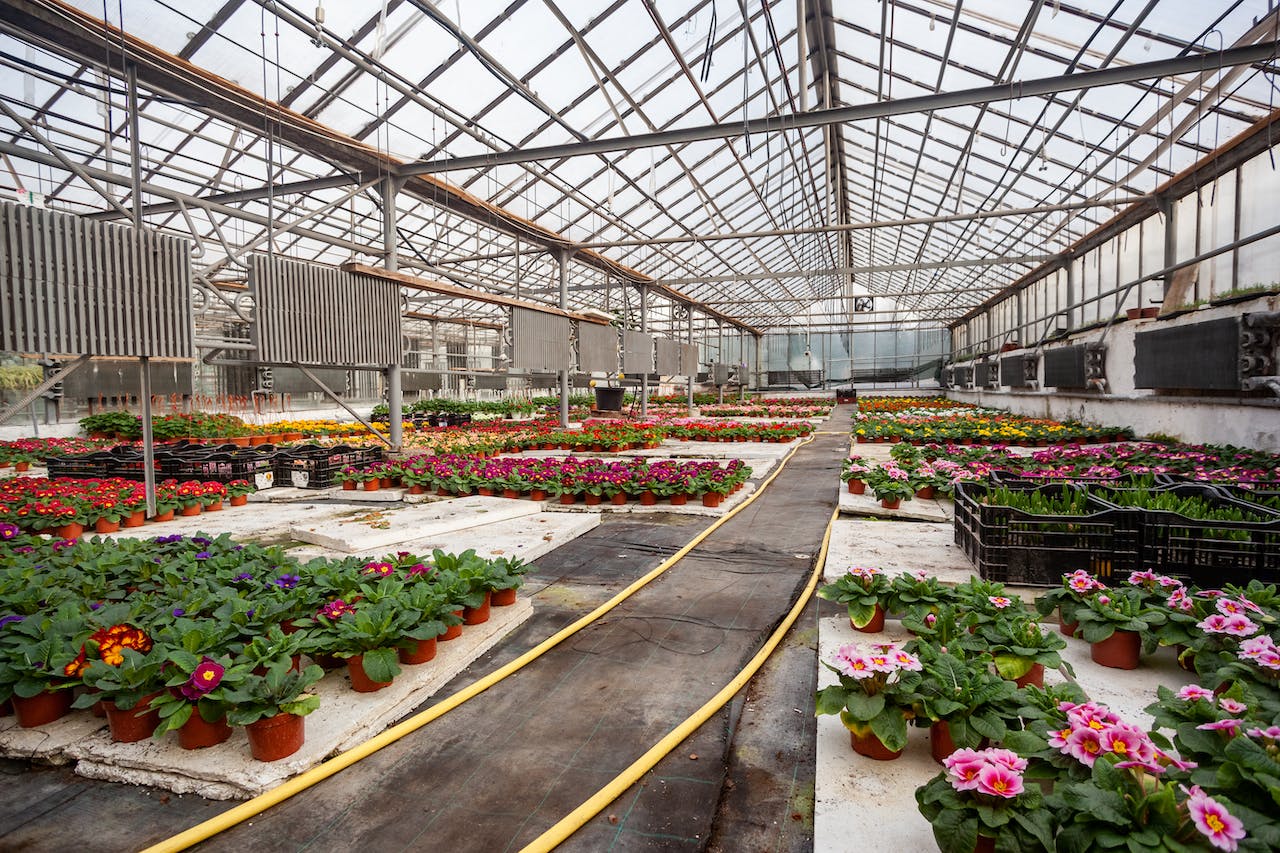Greenhouses provide gardeners with an ideal way to grow plants that might not flourish outdoors, saving money while expanding the growing season and saving fruits and vegetables for sale.
Greenhouses offer another way to connect with nature and the outdoors, helping improve both mental and physical health in numerous ways. Solexx greenhouses feature diffuse lighting which may alleviate seasonal affective disorder symptoms.
Increased Profits
Greenhouses offer gardeners and farmers an ideal platform for cultivating fresh, healthy fruits, vegetables, herbs, and flowers at a fraction of the cost associated with purchasing them in stores – creating huge profit potential due to rising awareness regarding health awareness among society as a whole.
Greenhouses provide ideal conditions for cultivating vegetables, herbs and flowers that may otherwise not be readily available in your region. By being kept at ideal temperatures without fear of cold weather or other environmental concerns, greenhouses provide ideal growing environments for many varieties of crops that might otherwise not flourish in your locality.
String beans can be an easy crop to cultivate in a greenhouse. Their regular harvest provides a steady source of income to its owner and the crop can even be planted early spring for year-round harvesting, meaning a greenhouse owner always stands to gain from this investment.
Herbs that require mild climates also benefit from being grown in greenhouses from March to October; making use of space normally dedicated to leafy greens while giving gardeners or farmers a way to experiment with crops that would otherwise be difficult or impossible to grow locally or that are only available through large markets.
Even with careful planning and an excellent product, profit margins in greenhouse business may still be slim – particularly when selling directly to customers. Therefore, it’s crucial that you locate your greenhouse near a market or sales channels which bring enough traffic throughout the year to sustain it.
Numerous issues can erode greenhouse profits, from pest infestation to energy costs when heating or cooling down the structure in cold weather or hot weather. A greenhouse with an insulated cover is one way of mitigating these expenses so your profits stay as high as possible.
Increased Food Supply
A greenhouse can offer your crops many advantages that will help make them healthier and more nutritious, from warm air and sunlight, to creating an environment in which plants grow quickly and more reliably – this makes greenhouses one of the ideal spaces to cultivate produce.
Light is essential for plant survival and growth. Greenhouses typically feature translucent materials like glass or plastic that let light enter, providing sufficient illumination of their contents – in this case plants – who use photosynthesis (convert carbon dioxide and water into energy for growth and survival) as energy for continued existence in nature. Without plants there would be nothing.
Many individuals invest in greenhouses as a means of cultivating more fruits and vegetables for sale at local farmer’s markets or outside their own home, earning extra money while growing nutritious, healthful food.
A greenhouse is an all-purpose space, used to cultivate vegetables, flowers and herbs – it even can be used to propagate new seeds – saving gardeners a considerable amount of money compared to purchasing these expensive plants in retail stores.
Greenhouses can also provide extra pest protection. Gardeners often spend much of their time fighting pests such as squirrels and moles that invade their gardens; such pests cannot access a greenhouse’s protected space, freeing up gardeners’ time for other tasks like weeding or pruning their plants.
A greenhouse can extend the growing season by protecting plants from harsh weather conditions and protecting them from being eaten by insects, as well as allow people to start planting earlier or later depending on climate conditions – providing benefits to anyone trying to improve their diet and lead a healthier lifestyle.
Increased Customer Satisfaction

Those who enjoy gardening but struggle with weather-dependent activities, may benefit from having access to a mini greenhouse. A greenhouse provides an insulated, safe space where planting and pottering can continue year round despite adverse conditions; and can help combat Seasonal Affective Disorder by providing warm, bright spaces to be in during cold months and days with low sunlight levels. Spending time in one can also improve mood by increasing vitamin D levels while providing respite from an otherwise stressful lifestyle.
A greenhouse is a multifunctional environment, used for growing vegetables, fruit trees, herbs and flowers as well as providing storage space. A greenhouse makes an excellent location to keep tools and implements safely at hand in one convenient spot.
Greenhouses can be constructed in various styles and materials, depending on budget, aesthetics and purpose. Common types include A-Frames, Dome greenhouses, Gothic arched structures (Gorgeous arches), Lean-Tos and Quonsets.
Investment in a greenhouse is a significant financial commitment and you should carefully plan the plans. Your business plan should include an in-depth budget that forecasts income and expenses; additionally, an operational workflow analysis should outline any processes which can be automated or simplified; using automated pest control systems can save both labor costs as well as manual intervention efforts.
Consider offering additional value-added products as another way of increasing profitability. These may include items sold alongside your primary product and can increase its average order value; for instance, offering various sauces alongside tomato sales or seedlings after harvesting can significantly boost profits.
Identification of customer segments to which your greenhouse farming business will cater is an essential step in developing effective marketing strategies. Doing this allows you to target promotional efforts more precisely, increasing overall customer satisfaction. For instance, if your target is local grocers and restaurants that prioritize locally grown produce as customers for your products. Research potential partners that may showcase them.
Increased Productivity
Greenhouses can help businesses reduce energy costs by optimizing light efficiency and managing airflow – this can translate to significant reductions in power usage costs which tend to be the main expense associated with commercial greenhouses.
Greenhouses offer growers another advantage in terms of efficiency; they reduce water usage and waste, providing a safer environment to grow plants that would otherwise be vulnerable to weather changes or pest infestation.
Greenhouses offer great benefits to plant growth by protecting crops from weather-related threats and other threats, and creating year-round production opportunities even in locations with limited outdoor growing options.
A greenhouse with a controlled environment ensures that plants receive all of the essential nutrients, while also being free from damage by insects or disease, making it easier to achieve high productivity without jeopardizing food quality or safety.
Enhancing crop yields is a surefire way to increase profitability for commercial growers, particularly with labor and operating costs eating into potential profits. Therefore, improving efficiencies at all stages of production – including training programs, more effective material handling equipment and improved working conditions – should be prioritized to boost profits and ensure sustained success.
Greenhouses can reduce labor costs by creating an inviting work environment, encouraging employees to stay and contributing towards Seasonal Affective Disorder (SAD). Diffuse lighting systems provide extra relief from seasonal Affective Disorder.
With the rise in local and organic foods, consumers are becoming more cognizant of where their food comes from. A greenhouse can help farmers and gardeners connect with their customers by sharing how the produce was grown; this will enhance customer experiences while potentially convincing more people to spend on higher-quality items.
